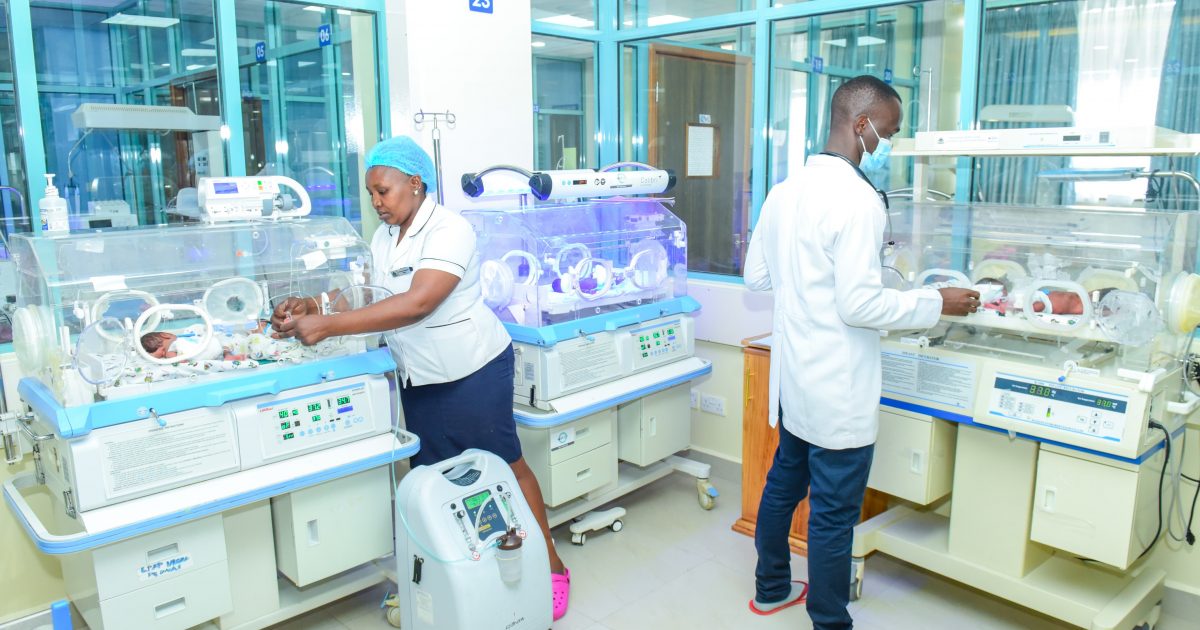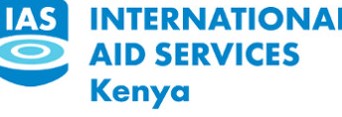The County Government of Kirinyaga has stepped-up efforts to reduce maternal and child mortality in the County.
Statistics from Medical Services, Public Health, and Sanitation Departments, show that infant deaths have gone down from 22 percent in 2013 to about 8 percent.
Among the measures that the Kirinyaga County Government Department of Health has taken are expansion, improvement, and equipping of health facilities, expansion and equipping of a New Born Unit (NBU), capacity building of health workers, and strengthening of community health systems.
Due to the sustained interventions, maternal and neonatal mortality rates in the County have significantly reduced.
Medics have hailed Governor, Ann Waiguru, for the notable improvement in medical services at the Kerugoya County Referral Hospital, Newborn Unit.
The County Executive Committee Member for Health, George Karoki, said that the aim was to reduce all preventable neonatal deaths, by ensuring that all expectant women receive antenatal care and deliver in hospitals.
Currently, 80 percent of expectant women in the County attend at least four antenatal clinics, and with the help of Community Health Promoters, the number will increase.
“Gone are the days when such services were only found in private hospitals; it’s a great milestone that we have the NBU at public hospitals,” Karoki said.
The NBU has modern equipment such as incubators, CPAP machines, phototherapy machines, fluid pumps, oxygen splitters, light meters, radiant warmers, oxygen concentrators, and resuscitating machines, among others.
With this equipment, pre-term babies and those born with other conditions are supported until they are fit to survive on their own once discharged.
Since not many hospitals provide specialized neonatal services, Kerugoya NBU receives many referrals from public and private health facilities in and outside the County.
Among the babies admitted to the Unit are those born premature, with a low birth weight, and those born at term but with conditions such as jaundice or infections.
Babies recovering from complex surgery are also admitted to the Unit. Pre-term babies are those born before attaining 1,800 grams, where they are nurtured until they attain at least 2,500 grams, after which they can be further managed by the outpatient pediatric clinic.
Further, statistics show that cases of mothers dying while giving birth have reduced to the current average of 60 deaths per 100,000 mothers, against the national rate of 414 deaths in every 100,000 cases.
There has been optimization of community health programs to strengthen care coordination by connecting expectant mothers with the available healthcare and social support systems.
The County Government of Kirinyaga has deployed 1,205 community health promoters who are fully equipped with knowledge and medical kits, to offer basic services to people in the villages.
They are expected to maintain a register of expectant mothers within their allocated households, to check on them to ensure they are doing well and that they attend their antenatal clinics accordingly.
Governor Ann Waiguru, reiterated her commitment to the continuous improvement of mother-and-child healthcare across the County.
To further enhance the county’s referral system and ensure that all the expectant mothers in the county deliver safely in the health facilities, Waiguru said that her Administration is in the process of rolling-out a program to offer free transport to expectant mothers to hospitals for delivery.
Through the M-MAMA Emergency Transport System, the County Government will contract and train transport service providers and provide the mothers with a toll-free number that they will call when their time to deliver comes.
Ann Nyawira, a nurse at the NBU, said that they have gone through training on how to handle the infant. She added that they have been trained on how to handle the equipment in the NBU.
“The unit has adequate room for Kangaroo Mother Care (KMC), where teachers teach mothers how to keep their pre-term babies warm through body contact and how to breastfeed them after they are weaned off the feeding tubes before they are discharged from the hospital. Transitional care also allows mother and child to bond,” she said.
Before the county government established the NBU, babies in need of specialized neonatal care were referred to Kenyatta National Hospital. Such referrals were not only expensive but could also cost the life of the baby since critical time could be lost in the referral process.
By David Wandeto





